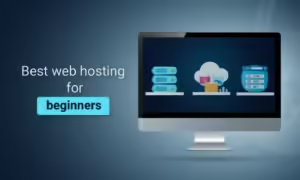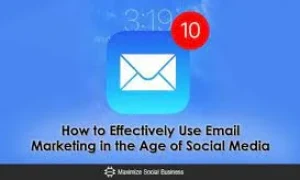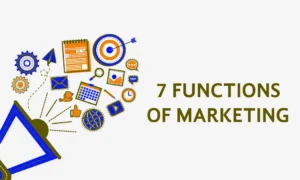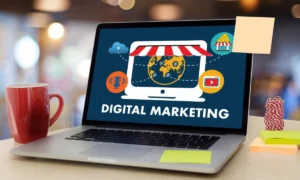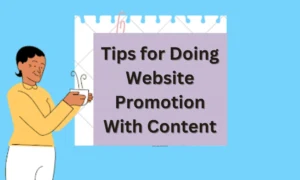
Discover the essential steps CMOs need to craft a successful product launch strategy in 2024, ensuring effective market penetration and success.
Launching a B2B product involves numerous complex factors to guarantee success. Companies must position their brands effectively to highlight their product’s value proposition to the right market segment. Additionally, pre-sales decision-makers must carefully choose the optimal channels to promote their products.
Understanding the target audience, identifying key decision-makers, and finding ways to engage them are common challenges for B2B marketers. Developing a robust B2B product launch strategy is crucial for CMOs to boost brand awareness and drive sales. This playbook outlines nine critical steps for creating an effective product launch strategy.
A Step-by-Step Guide to Crafting a B2B Product Launch Strategy
- Develop a Comprehensive Plan Skipping vital components of a marketing plan can lead to failure. A strategic and thorough product launch plan, tailored to business needs, is essential. Understand your mission, goals, and define success metrics and timelines to guide the campaign.
- Create Buyer Personas Understanding your clients, their pain points, and how your product addresses their challenges is crucial. CMOs should develop detailed buyer personas, including demographics, industry, and job roles, to ensure targeted marketing efforts and higher sales conversions.
- Analyze Competitors and Define Your USPs Conducting a competitor analysis helps identify what features clients value most. Instead of mimicking competitors, focus on differentiating your product by offering unique functionalities that streamline client operations.
- Build a Cross-Functional Planning Team Successful product launches involve the entire organization, not just the marketing team. Engage pre-sales, sales, after-sales, development, engineering, and legal departments to foster collaboration and address challenges early.
- Develop an Effective Messaging Strategy With a clear understanding of unique selling points and target personas, craft a messaging strategy that delivers the right message to the right audience at the right time. The choice of channels is also critical to the strategy’s success.
- Select the Right Channels and Sales Models Choosing the appropriate sales model is crucial. Decide whether to sell directly, through wholesalers, or channel partners. For tech and software companies, partnering with businesses already serving the target market can be more effective than building a new client base.
- Implement an Omnichannel Approach Leverage an omnichannel marketing strategy to promote your product. Use social media, content marketing, paid and editorial media to reach your audience. According to McKinsey, 94% of B2B decision-makers find omnichannel sales as effective or more effective than pre-pandemic strategies.
- Launch in Three Phases A successful product launch includes pre-launch, launch, and post-launch phases. The pre-launch phase is critical for preparing teams and setting up distribution channels. Be ready for last-minute changes to optimize results. The post-launch phase is essential for gathering feedback and making necessary product improvements.
- Evaluate Success and Make Data-Driven Adjustments After the launch, assess the results to identify missed opportunities and areas for improvement. Use this data to refine future launch strategies and improve campaign outcomes.
In Summary
B2B organizations that follow this playbook can significantly enhance their chances of a successful product launch. This strategy aligns teams towards a common goal, addressing potential issues early on and ensuring the right message reaches the right audience at the right time, thereby boosting sales conversions.






